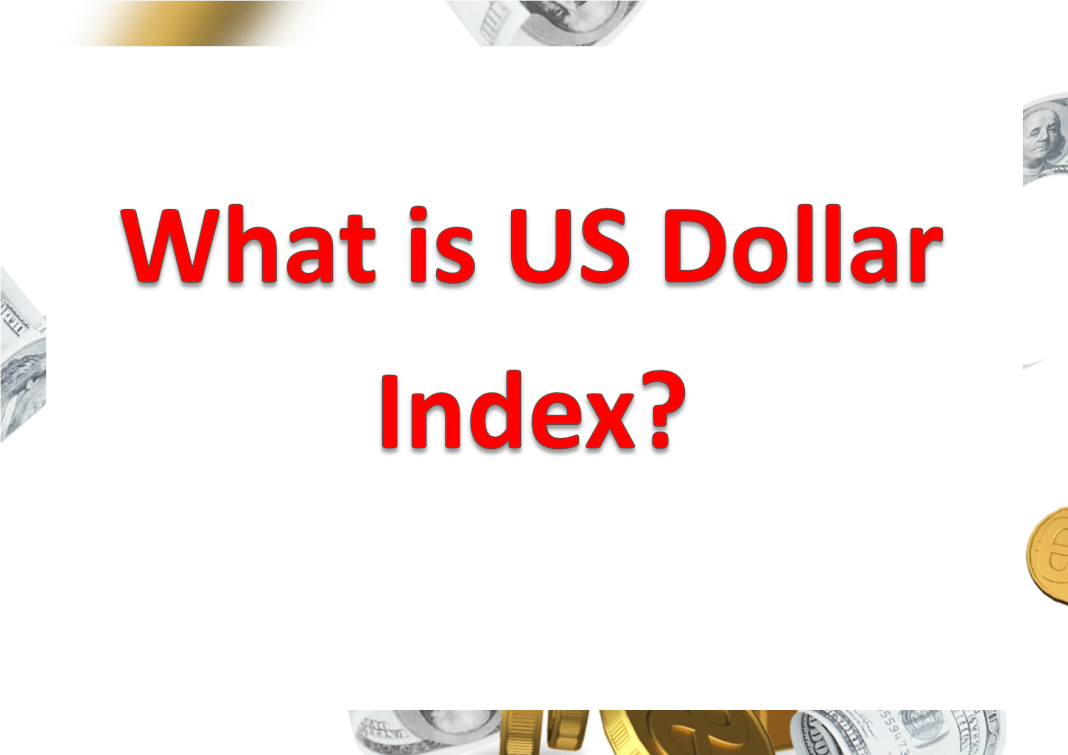The US Dollar Index is an index that measures the value of the US Dollar against currencies of its six major trade partners. This means that the Dollar Index measures the value of the US Dollar against a basket of currencies.
The movement of the index is that when the value of the US Dollar goes up, the index value goes up and vice versa. Or in other words, an increase in the US Dollar Index is an indication of the appreciation (read strengthening) of the US Dollar against these currencies.

What is the significance of the movement of the US Dollar Index for countries like India?
At the beginning, the US Dollar Index was set at a value of 100. Any movement below 100 indicates depreciation of the US Dollar against other currencies whereas the increase in the value above 100 indicates appreciation of the US Dollar against these currencies. Since these six currencies are globally representative currencies, the movement of the Dollar against them shows a global trend. This means that, when the Dollar is appreciating (Dollar Index above 100) other currencies may be depreciating and when the Dollar is depreciating (Dollar Index below 100), other currencies may be appreciating. In 2022, the US Dollar Index registered an increase of 9%.
The US Dollar Index – recent trends
At the beginning in 1973, the US Dollar Index had a value of 100. An increase in the value of the index to 110 implies a 10% increase in the value of the US Dollar (compared to its base of 100) against other six currencies. As of July 11, 2022, the index has a value of 107. This means that the US Dollar increased or appreciated by 7% vis a vis the weighted average of these six currencies compared to its base rate of 100. Inarguably, this increased index value represents an appreciation of the US Dollar generally against all other world currencies. Or in other words, other currencies may be depreciating against the US Dollar. For example, the Indian Rupee has undergone a depreciation of 6% during the first six month of 2022. The increase in the US Dollar Index is one factor that caused the depreciation of the rupee.
Though the appreciation of the Dollar is a general trend, it doesn’t mean that the Dollar is appreciating against all currencies or at the same rate. Situation changes with the country specific economic factors especially, the external sector (trade deficit, capita outflows, inflows etc.) trends.
How is the US Dollar Index constructed?
As mentioned, the US Dollar Index is an index that measures the value of the US Dollar against currencies of its important trading partners. Following are the six currencies included in the US Dollar Index’s basket of currencies. The Index was established by the US Federal Reserve in 1973.
| Currency | Weight in the US $ Index | |
| 1 | Euro | 57.6% |
| 2 | Japanese Yen | 13.6% |
| 3 | British Pound | 11.9% |
| 4 | Canadian Dollar | 9.1% |
| 5 | Swedish Krona | 4.2% |
| 6 | Swiss Franc | 3.6% |
What are the factors that caused the increase in US Dollar Index?
Clearly, the recent increase in the US Dollar Index shows that something is happening that favours the appreciation of the US Dollar. The index value goes up when there is higher demand for US Dollar globally. When the demand for US Dollar goes up, the value of the dollar goes up and there by raising the Dollar Index value. Following are the factors that caused the rise in the US Dollar Index or the appreciation of the Dollar.
- There is higher risk in the global economy, especially due to the persistence of the Covid induced recessionary trends. The uncertainty related to the Ukraine war and the crude price rise are some other related factors.
- There is higher inflation in the world economy vis a vis that in the US economy. This will add depreciation pressure on other global currencies thereby strengthening the US Dollar.
- The US Federal reserve has increased the rate of interest thereby driving capital to the US. The Fed has been continuing an interest-rate normalization program with continuous increase in interest rates. This has increased the attractiveness of US assets and thereby encouraging capital inflows to the US and thus dollar demand.
*********










